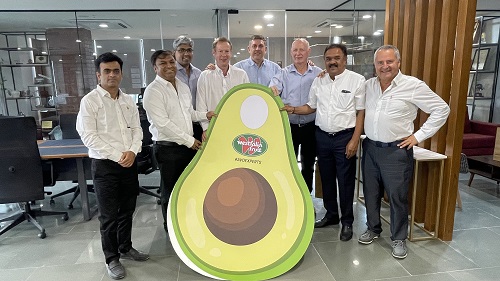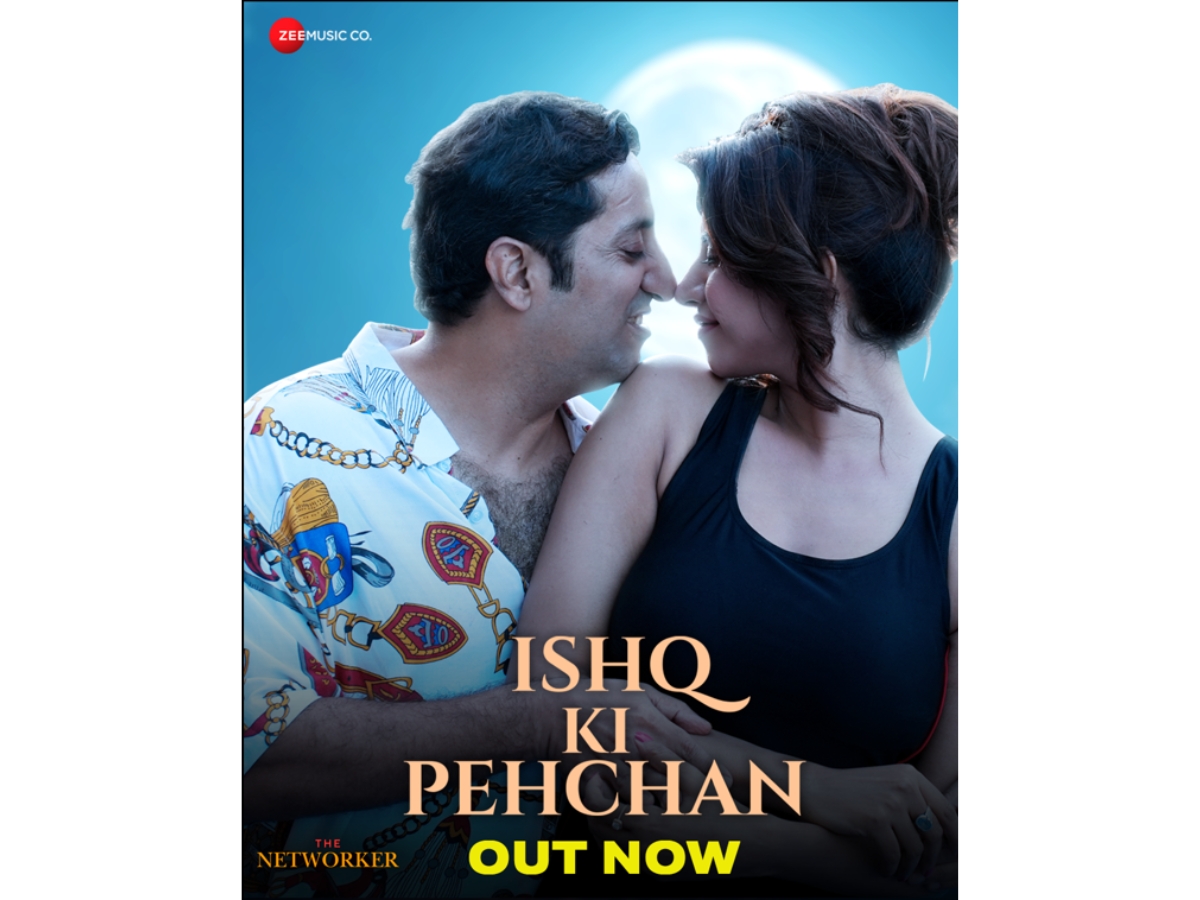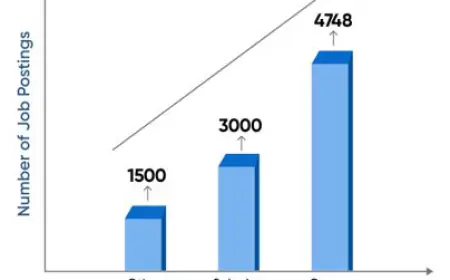Key Features to Look for in a Good Multicap Fund
Multicap funds are mutual funds that spread their investments across large-cap, mid-cap and small-cap stocks, offering a well-rounded exposure in a single fund portfolio.

Ever wished your investments could adapt to the market conditions without you constantly monitoring them? Multicap mutual funds might be the perfect solution, offering built-in diversification and flexibility. These funds have emerged as a unique choice for investors, both experienced and newbies, seeking growth and balance. The fund invests across large-cap, mid-cap and small-cap stocks, therefore providing adaptability as per the ongoing market. Sounds good, right? But here’s how many go wrong: assuming any available multi-cap fund will do. The truth is, that investing in the right fund can make a noticeable impact on your long-term returns. So, how do you look for your ideal fund?
Let’s explore the key features of a good multi-cap mutual fund.
What Are Multicap Funds?
Multicap funds are mutual funds that spread their investments across large-cap, mid-cap and small-cap stocks, offering a well-rounded exposure in a single fund portfolio. According to the SEBI mandate, these are required to allocate a minimum of 25% of their overall portfolio to each of these three categories. This is what makes them different from flexi-cap mutual funds, which have no such restrictions.
If you're looking for balanced exposure with a long-term investment horizon – but without relying too heavily on any one sector – multi-cap funds could be an effective match for your portfolio.
Key Features to Evaluate in a Good Multicap Fund
Choosing your perfect multi-cap mutual fund can feel like looking for a needle in a haystack, especially if you are not sure what to look for. Here are some key features you need to check:
Diversified Portfolio Allocation
At its core, a multi-cap mutual fund offers a well-rounded diversification by blending the best of each market segment – large-cap stability, mid-cap potential, and small-cap agility. However, it is important to make sure that the flexible 25% of the portfolio is properly invested across sectors and market caps, rather than being over-dependent on a single area.
Consistent Performance Track Record
Here are some of the best-performing funds in recent years, sorted as per their recent returns: [1]
|
Fund Name |
5-year Returns (p.a) |
|
Nippon India Multi Cap Fund |
+24.82% |
|
Mahindra Manulife Multi Cap Fund |
+21.10% |
|
ICICI Prudential Multicap Fund |
+21.06% |
While past performance does not guarantee future performance, it provides insight into how the fund has navigated previous market cycles.
Experienced Fund Management
The strategy and expertise of a fund manager dictate your investment progress - especially in dynamic fund structures like multi-cap mutual funds. Are they aggressive or conservative? Do they prefer a growth or value strategy? It is important to check these before making an investment decision.
Risk-Adjusted Returns
Historical returns tell only a part of the story. Risk-averse investors need to check how much risk the fund is taking to provide those returns. This is where metrics like Sharpe Ratio, Alpha, and Beta come in:
Sharpe Ratio: Return per unit of risk – higher is better
Alpha: Return over benchmark – higher is better
Beta: Volatility – Closer to one means the fund is moving with the market trends
Investors should generally look for a fund with a high Sharpe Ratio and Alpha with a manageable Beta.
Expense Ratio
Expense Ratio translates to the amount charged for fund management, directly affecting your returns. While you need to avoid funds with unusually high expense ratios, lower ratios aren’t always better. Somewhere between these two, you need to strike a balance where the fund is outperforming its peers with a reasonable expense ratio. Generally, an expense ratio between 0.5% and 1% is considered good. For instance, Nippon India Multi Cap Fund has an expense ratio of 0.77%. [3]
Portfolio Turnover Ratio
The Portfolio Turnover Ratio indicates how frequently the fund manager is changing the fund holdings. A high turnover ratio generally suggests an active approach, but it might also mean higher transaction costs. On the other hand, a low turnover ratio suggests a passive approach by the fund manager. There’s no one-size-fits-all strategy here. Pick a fund that matches your investment style.
Sector and Stock Concentration
A good multi-cap fund should spread its portfolio across multiple industries, not just market caps. This helps mitigate risks if one sector fails to perform. Overconcentration in a single sector or even a single stock can expose the overall portfolio to risk. Diversification helps cushion against sharp losses due to market trends or other external factors.
How to Choose the Right Multicap Fund for You?
Choosing the right fund starts with knowing your requirements and investment style. Are you looking for long-term wealth creation or have a specific target in mind? Are you cautious or aggressive regarding your investment style? How much risk can you manage? It is important to align your personal goals with your fund’s investment style. If you are starting your investment journey, you can consider an SIP plan. It helps to average out market turbulence. On the other hand, if you have a lump sum amount to deploy, you need to time the market conditions for maximum benefits. Either way, it is recommended to stay invested for at least 5-7 years to unlock compounding potential and ride out market cycles effectively.
Conclusion
A good multi-cap mutual fund isn’t just an investment – it’s a strategy set for smarter growth. With the right clarity, research, and goal alignment, you’re not just parking your savings – you are putting them to work for you. Choose wisely, and let compounding do its magic.
Disclaimer:
The information provided in this article is for informational purposes only and does not constitute financial advice or a recommendation to buy or sell any financial instruments. Investments in mutual funds, including multicap funds, are subject to market risks. Past performance is not indicative of future results. Investors are advised to read all scheme-related documents carefully and consult a certified financial advisor before making any investment decisions. Neither the publisher nor the author shall be held liable for any loss or damage arising from investment decisions based on this content.























































































































